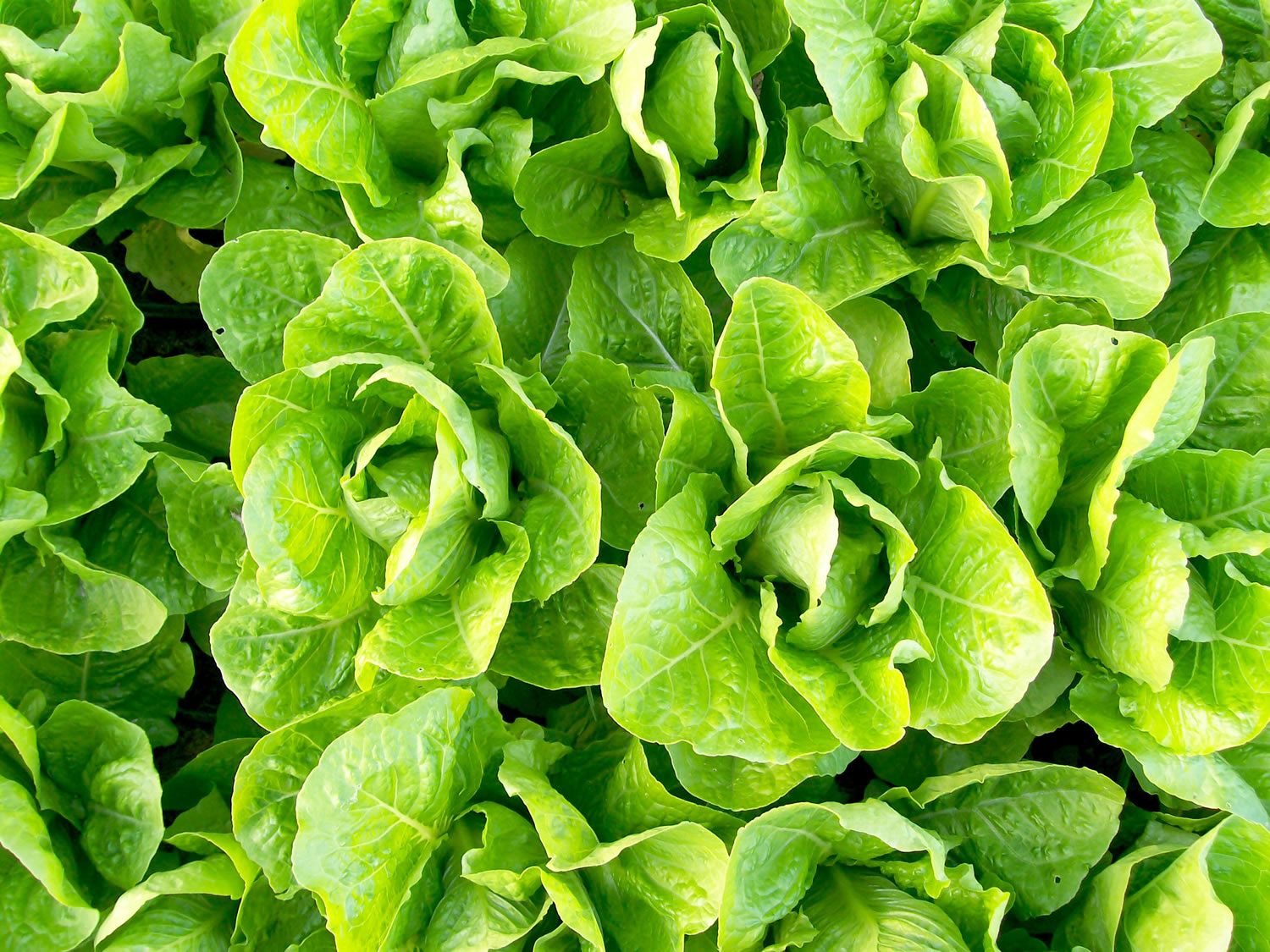Grow Organic Lettuce: Top Home Tips

Are you dreaming of crisp, fresh salad greens straight from your backyard? Growing organic lettuce at home is not only rewarding but also surprisingly simple. Imagine the satisfaction of plucking vibrant leaves from your own vegetable garden, knowing they're free from harmful chemicals. Let's dive into the best tips for growing organic lettuce at home and transform your garden into a lush oasis of homegrown goodness.
Why Grow Organic Lettuce at Home?
Growing organic lettuce at home offers numerous benefits. Not only do you have control over what goes into your soil and onto your plants, but you also get to enjoy the freshest, most flavorful salad greens possible. Plus, it's a fantastic way to reduce your carbon footprint and support sustainable living.
Choosing the Right Lettuce Varieties
Before you start, it's essential to choose the right lettuce varieties for your garden. There are four main types of lettuce:
- Loose-leaf Lettuce: Easy to grow and quick to mature, making it perfect for beginners.
- Butterhead Lettuce: Known for its soft, tender leaves and mild flavor.
- Romaine Lettuce: Crisp and crunchy, ideal for Caesar salads.
- Crisphead Lettuce: Forms a tight, compact head, like iceberg lettuce.
Each variety has its unique characteristics, so choose based on your taste preferences and growing conditions.
Preparing Your Soil for Organic Gardening
The key to successful organic gardening is healthy soil. Lettuce thrives in well-drained, nutrient-rich soil with a pH between 6.0 and 7.0. To prepare your soil:
- Test Your Soil: Use a home testing kit to determine the pH and nutrient levels.
- Add Compost: Mix in plenty of organic compost to improve soil structure and fertility.
- Till the Soil: Lightly till the soil to a depth of about 6 inches to ensure good drainage.

Planting Your Lettuce
Lettuce is a cool-season crop, so it's best to plant in early spring or late summer. Here are the steps to get your lettuce started:
- Choose a Sunny Spot: Lettuce needs at least 6 hours of sunlight per day.
- Sow Seeds Directly: Plant seeds about 1/4 inch deep and 1 inch apart in rows 12-18 inches apart.
- Water Gently: Keep the soil consistently moist but not waterlogged.
Caring for Your Lettuce Plants
Once your lettuce seeds have sprouted, it's time to nurture them into healthy, thriving plants. Here are some essential care tips:
Watering
Lettuce requires consistent moisture. Aim for about 1 inch of water per week, either through rainfall or supplemental watering. Use a soaker hose or drip irrigation to deliver water directly to the roots.
Fertilizing
Organic fertilizers like compost tea or fish emulsion can give your lettuce a nutrient boost. Apply every 2-3 weeks during the growing season.
Weeding
Regularly remove weeds to prevent them from competing with your lettuce for water and nutrients. Hand-weeding is usually sufficient for small gardens.
Pest Control
Organic gardening means avoiding chemical pesticides. Instead, use natural methods like:
- Row Covers: Protect young plants from pests like aphids and slugs.
- Diatomaceous Earth: A natural powder that kills insects by damaging their exoskeletons.
- Companion Planting: Plant marigolds or chives nearby to repel pests.

Harvesting Your Homegrown Lettuce
The moment you've been waiting for—harvest time! Here's how to gather your homegrown lettuce:
- Loose-leaf Lettuce: Harvest the outer leaves as needed, allowing the inner leaves to continue growing.
- Butterhead and Romaine Lettuce: Cut the entire head at the base when it reaches the desired size.
- Crisphead Lettuce: Wait until the head is firm and compact before harvesting.
Storing Your Lettuce
To keep your lettuce fresh, store it in the refrigerator in a plastic bag or container with a damp paper towel. It should last for about a week.
Conclusion
Growing organic lettuce at home is a rewarding journey that brings fresh, healthy salad greens right to your table. By choosing the right varieties, preparing your soil, and providing consistent care, you can enjoy a bountiful harvest of homegrown lettuce. So, why wait? Start your organic gardening adventure today and reap the benefits of fresh, chemical-free produce.
FAQs
What is the best time to plant lettuce?
- Lettuce is a cool-season crop, so it's best to plant in early spring or late summer.
How often should I water my lettuce plants?
- Lettuce requires consistent moisture. Aim for about 1 inch of water per week, either through rainfall or supplemental watering.
What are some common pests that affect lettuce?
- Common pests include aphids, slugs, and caterpillars. Use natural pest control methods like row covers, diatomaceous earth, and companion planting to keep them at bay.
Can I grow lettuce in containers?
- Yes, lettuce can be grown in containers. Choose a container with good drainage and use a well-draining potting mix.
How do I know when my lettuce is ready to harvest?
- The harvest time depends on the variety. Loose-leaf lettuce can be harvested as needed, while butterhead, romaine, and crisphead lettuce should be harvested when the heads are firm and compact.
0 Response to "Grow Organic Lettuce: Top Home Tips"
Post a Comment